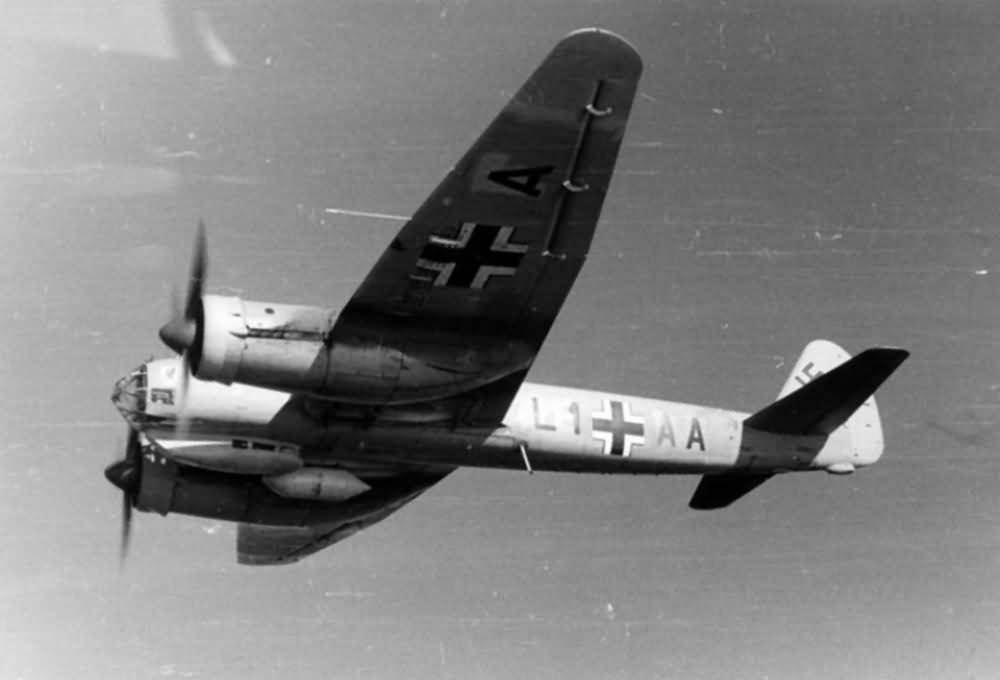Ju 88 Wing Structure and Construction
Two-Spar Construction: The main structural elements of the wings were two primary spars, providing the necessary strength to withstand aerodynamic forces during flight.
Three Auxiliary Spars: In addition to the two main spars, three auxiliary spars were integrated into the wing structure, offering additional support and rigidity.
Flush-Riveted Duralumin Paneling: The wings were covered with duralumin, a strong, lightweight aluminum alloy, attached using flush riveting. This method reduced drag and contributed to the aircraft’s aerodynamic efficiency.
Two-Section Wings: The wings were designed in two sections, attached to the fuselage at frames 9 and 12. This connection provided a strong, stable attachment point for the wings to the fuselage.
Reinforcement by 30 Ribs: Each wing was reinforced by 30 ribs, which provided the necessary shape and structural integrity. Of these, eight were classified as main ribs, offering crucial support to the wing structure.
Engine Bed and Landing Gear Support: Main ribs 1 and 2 were specifically designed to support the engine bed and landing gear, which are critical load-bearing components during both flight and landing operations.
Anti-Frosting System: The section of the wing from the leading edge to the first main spar featured a two-layered design. This area was part of an anti-frosting system, heated by warm air from the engines to prevent ice accumulation during flight in cold conditions.
Dive Brakes: Dive brakes were mounted on the bottom of the first spar. These were used to slow the aircraft during steep dives, particularly in bombing operations, enhancing control and stability.
Wing Features and Controls
Landing Flaps: The wings were equipped with landing flaps, which were essential for reducing the landing speed and distance. The flaps were all-metal in construction, offering durability and reliability.
Slotted Ailerons: The ailerons, also all-metal, were slotted to improve control efficiency. These ailerons played a critical role in the aircraft’s ability to roll and maneuver during flight.
Hydraulic System: Both the flaps and ailerons were driven by a common hydraulic system, which included a single servo to assist in their operation. This hydraulic system allowed for smooth and precise control of these critical flight surfaces.
Flap Division at Engine Nacelles: The flaps were divided at the engine nacelles, a design feature likely intended to accommodate the positioning of the engines while still maintaining effective flap function across the wing’s span.
